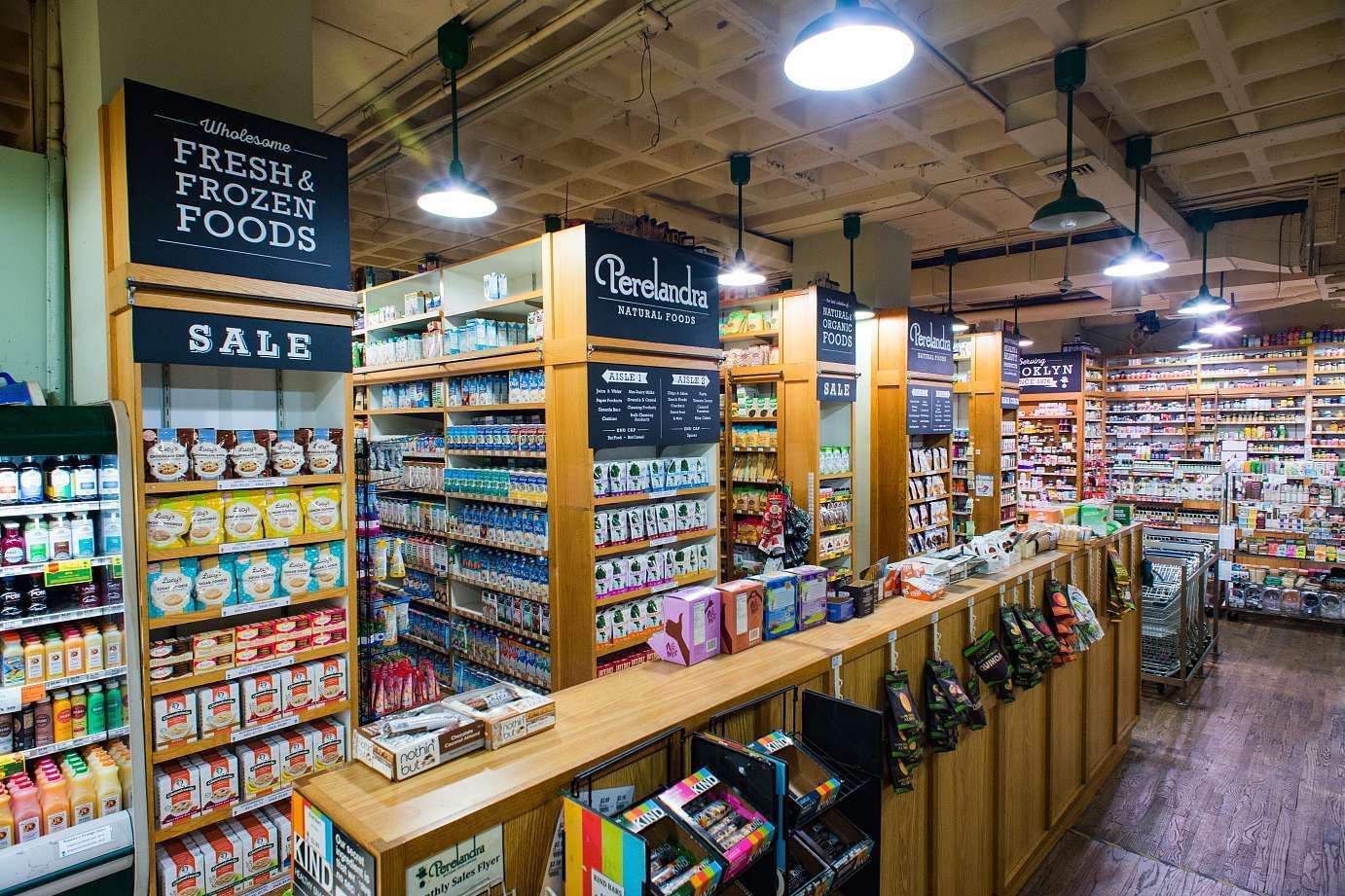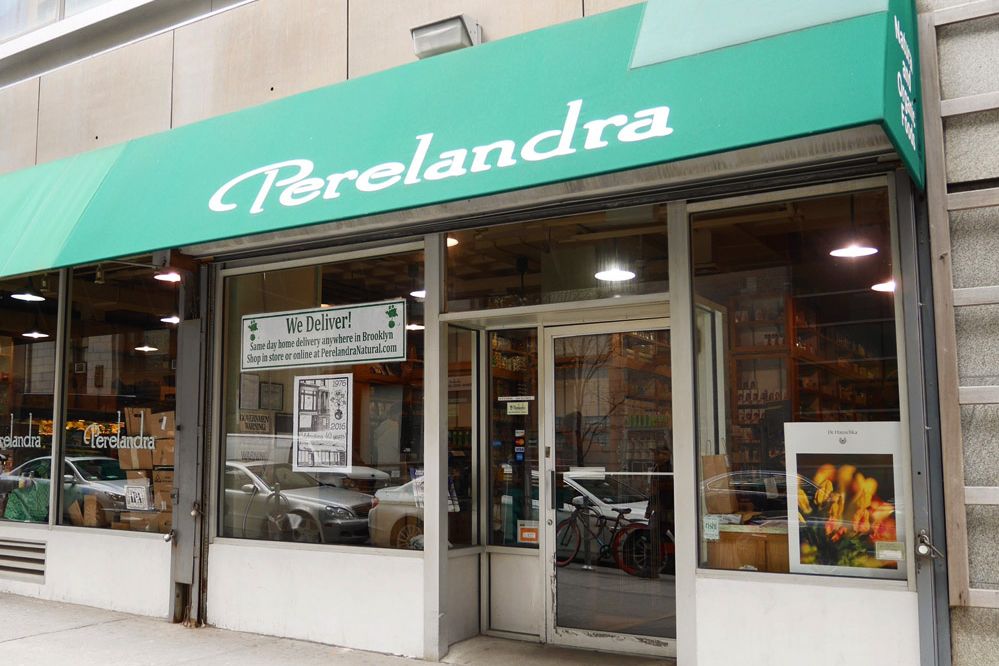when you want, where you want.
A Final Trip to Stock Up at Perelandra
 Photo: Perelandra
Photo: Perelandra
On Friday morning, “Love Stinks,” by the J. Geils Band, was playing inside Perelandra while customers shuffled around the increasingly empty aisles. A young mother examined a bag of Counter Culture coffee while, a few aisles away, the juice bar’s smoothie machine whirred away. Another customer asked an employee about the lack of products. “We’re closing next week,” they explained, “so we haven’t restocked — this is the last of it.” The Remsen Street store will remain open through September 29, with limited hours, before closing for good. The reason, reportedly, is a rent increase, but there are no plans to relocate. “There are 15 employees,” one worker said. “We’re all out of jobs now.”
Word is still getting around. The news of the grocery’s store-expiration date was first reported on Brooklyn Heights Blog, by a reader and Perelandra customer who had been told by a cashier: “The business just wasn’t profitable anymore.” By Friday, signs had been affixed to the front doors, announcing the closure and encouraging customers to shop at farmers’ markets, co-ops, and other independent stores if they’d “like to honor the legacy of this business.” One customer, an older man in a bucket hat, stared at it for what seemed like a minute, his hand held on the door. Several others read or glanced over it before entering.
Opened in 1976 by Steven and Madeline Hoose, Perelandra is a proto–Whole Foods, the sort of crunchy, organic grocer familiar around the country. The shelves are stocked with products like Pacific hemp milk, Hawthorne Valley Farm yogurt, and Blackbird fake meat, along with more standard-issue stuff like Driscoll berries. It’s also been a Brooklyn Heights institution for decades and a reliable employer for staff, some of whom have worked at the store for 20 years. Allison Buckingham started as a cashier in 2002 and Roland Auer was a manager before they both became owners in 2010 (neither has offered comments on the closing, and they weren’t available at the store this weekend).
Across the street, construction workers were converting the buildings that had been St. Francis College’s campus into condos. The thinking is that the school’s relocation in 2002 was too big a blow for the store to absorb, but one customer expressed some skepticism: “There were not a lot of students shopping here.” One undeniable fact is that foot traffic on Remsen Street is far lower than it’s ever been on Montague, one block up and the neighborhood’s de facto commercial strip — one that has changed immensely in the half-century since Perelandra first arrived.
 Photo: Waz Wu
Photo: Waz Wu
For decades, locals bemoaned the state of Montague Street’s retail — in 2007, the New York Observer leveled the ultimate insult, comparing the chain-heavy selection of local retail to what you’d find in Shaker Heights, Ohio — even as the neighborhood itself remained one of the city’s most expensive places to live. As recently as 2022, Curbed published a story about “perpetually drab” Montague Street, which was once “the bustling, eminently practical commercial heart of gentrified Brooklyn.”
But the area has seen the arrival of both A-list celebrity residents (Matt Damon, Adam Driver) and businesses that are actually considered cool (L’Appartement 4F, Books Are Magic, Montague Diner). Of course, movie stars probably don’t buy their own organic flour too often, and even with the uptick in retail cachet, the area’s grocery scene is entirely defined by old-guard local chains such as Key Foods and Gristedes. Perelandra’s closing doesn’t help the situation for the people who actually live here.
“I really appreciate that they’re independent,” said one shopper who gave her name as Abigail, at Perelandra with her neighbor, Peggy. “Now there are so many vacant storefronts, which is partially because of COVID but also because of changes to the neighborhood.” She compared the changing storefronts to those of the Upper West Side, where she grew up and where, during a recent visit, she was dismayed to see so many chains. “I was walking around there,” she said, “and it looks like a food court of a suburban mall.”
Related
All Rights Reserved. Copyright , Central Coast Communications, Inc.